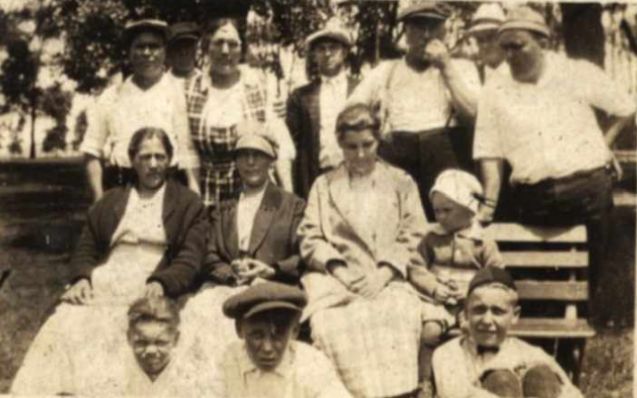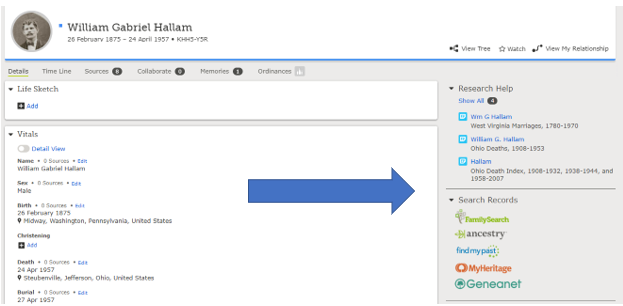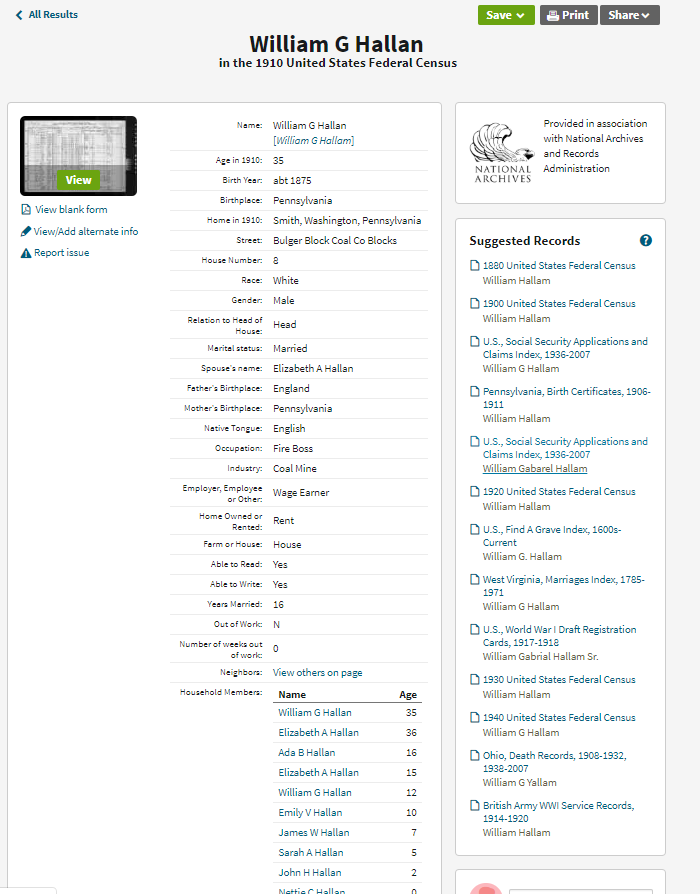Descendant Research
 13
13May
Descendant research has become more popular over the years as a desire to find cousins, close and distant, has increased. Reasons vary for this including a desire to add stories and history to ancestors, finding help with DNA (living descendants of a prospective ancestor), as well as other personal reasons.
Descendant Programs
Several programs have been created to assist with this research. A few are: Puzzilla.org, Woodenvillage.org, FamilySearch.org’s video “Descendancy Research,” Ancestry.com’s Academy class, and their you tube presentation “Post-1940 Descendancy Research”
This blog will explain a methodical approach to finding those aunts, uncles and cousins. The reason this method is encouraged is because the links between the ancestral couple and their descendants can be reviewed more closely to ensure the relationships are correct.
Software and Online Databases
Before searching, you will need to choose the place where you will record all the information found. Desktop software may be used such as Ancestral Quest, Roots Magic, Legacy Family Tree. Popular online databases include Public or Private Member Trees at Ancestry.com, Family Tree at FamilySearch.org, and Family Tree at MyHeritage.com.
Keeping Track
It will also be helpful to have a way of keeping track of those found so that you don’t get lost in the myriad of cousins. An easy and efficient way is a simple bulleting method. Using a Microsoft Word document (or other word processing method), type the ancestral couple’s names at the top of the page. Bullet each of their children and then create indented sub bullets for successive generation. The following is a partial example of what this chart will look like for James Smith and Catherine Merical after the descendant research had been completed. The reason it is useful while researching is because the names are typed only after they are found. Thus, when you have to stop for a time, it is easy to see where you stopped and where you will need to begin.

Begin
To begin the search, choose an ancestral couple. It is recommended to choose ancestors who are not too far back in time. A good place to start would be those who had children in the 1800s which could be 3rd or 4th Great Grandparents. To take the methodical approach, begin with the direct paternal 3rd or 4th Great Grandparents and then continue successively through all of the 3rd or 4th Great Grandparents. Type those great-grandparents on your “keeping track” document.
The first goal is to ensure all the children of those Great Grandparents have been found as well as their spouses, if they married. Then type them in the bullet format mentioned, on your “keeping track” document. Depending on the time period and country, the children and their spouses as well as their vital information can be found in church records, vital records, censuses, county histories, wills, or even land sales after the death of a parent. But, don’t let a lack of knowledge of these records dissuade you because a good place to start is by looking for pedigrees which have already been organized and added to online websites such as FamilySearch.org, Ancestry.com, or MyHeritage.com. Often, these pedigrees include sources, documents, and histories, thus a one-stop shopping place, which is particularly helpful when working in an unfamiliar area of your family tree. Another helpful method is utilizing the research helps available on the websites mentioned. If you find your family on Family Tree, often there are records ready to be attached to family members, and a “Search Records” function which takes you to the record collection at Family Search as well as other well-known websites. These will often include birth, marriage, and death records for children providing names of spouses possibly not yet found.

Ancestry.com has a wonderful method for finding sources. First, either use a source attached to a family member found in a Public Member Tree, or do a general search and find at least one record for that family member. You will almost always notice there are “Suggested Records” provided. As with the Family Search records, these often include birth, marriage, and death records for children and may provide information not yet discovered. The advantage of this Ancestry search, is that once a record is clicked on, the same suggested records are still listed and, best-of-all, more records are often added to the list.

Once all the children for the ancestral couple have been found, along with their spouses, continue to the next generation and repeat the process. The closer you get to the 1900s, the easier it will become.
Years ago, when overwhelmed with a task at hand, my brother wisely said, “just start!” I did, and the momentum carried me on to the finish and even beyond. It is the same with each new genealogical challenge. Just start! Try this method and see if it works for you. If not, the momentum of the effort will push you to find a method that is best suited for you.
Diane
